The beauty of the Philippines and its rich natural resources makes it an ideal habitat not just for us humans but also for the animal species.
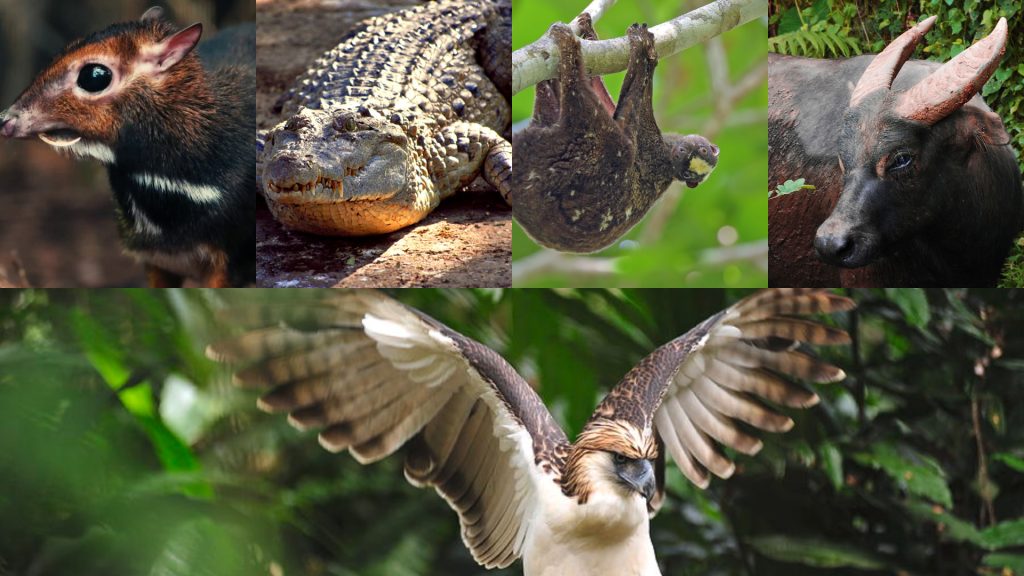
We are known to be the place where breeding of various species of flora and fauna prosper.
Our country is one of the 17 mega biodiverse countries. Concentrations of unique species per area in the world are highest here with:
- 33% of the vegetation
- 75% of the marine life
- 70% of reptiles
- 44% percent of birds
A hard fact that we should all be proud and strive to protect at all cost.
Now, with this record it isn’t hard to believe that we have creatures in the animal kingdom that is uniquely ours.
Philippine Eagle
There’s a reason why this is our national bird. It’s considered to be one of the biggest and strongest eagles in the world.
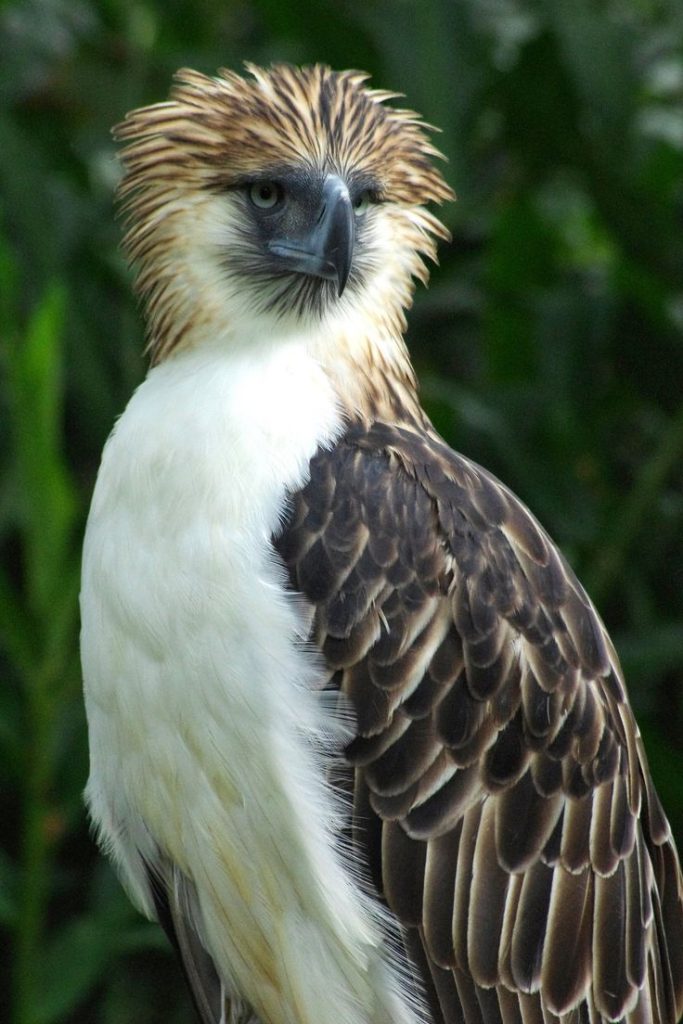
They are only seen on the lowland forests of Luzon, Samar, Leyte, and Mindanao. You can also see one here in Cebu when you visit the Cebu Safari where they feature the eagle on their bird show.
It has a wide wingspan and massive arched beak with long crown feathers. Another special trait of this bird is that it is the only blue-eyed eagle in the world. They also mate for life and lays a single egg every two years.
Diet: They eat rodents, pigs, lizards, snakes, flying lemurs, monkeys, and bats.
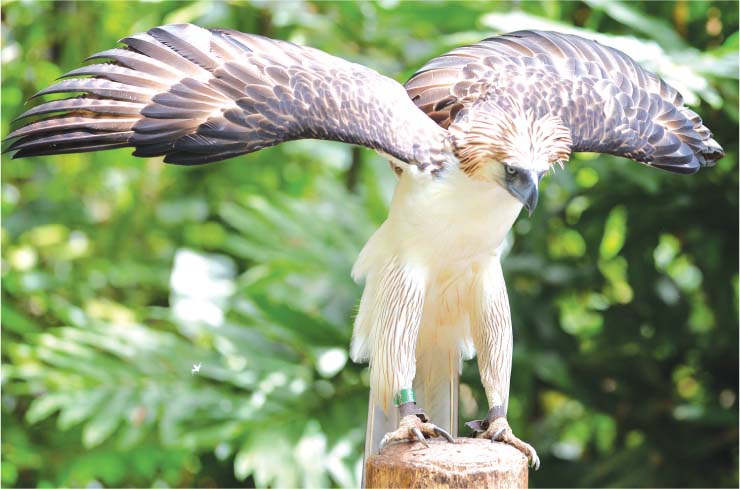
Philippine Crocodile
As introduced by its name, Crocodylus mindorens or more known here in the Philippines as “Buwaya”, it is a croc only found here in our country.
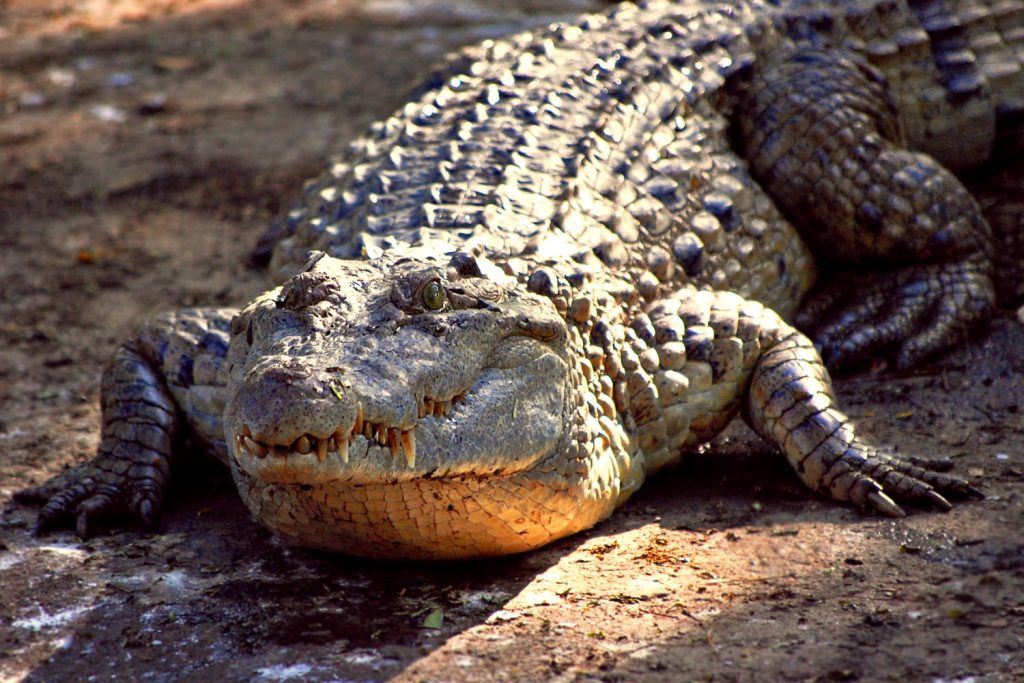
Not to confuse this one to the saltwater crocodile also in the Philippines, buwayas are only found in freshwater.
Considered on the small side species of a crocodile, male sizes are about 2.1 meters and females at 1.3 meters.
They have a broad snout and a heavy dorsal armor and lay eggs 7 to 33 up to three times a year.
Diet: They eat mammals, fish, birds, reptiles, crustaceans, and insects.
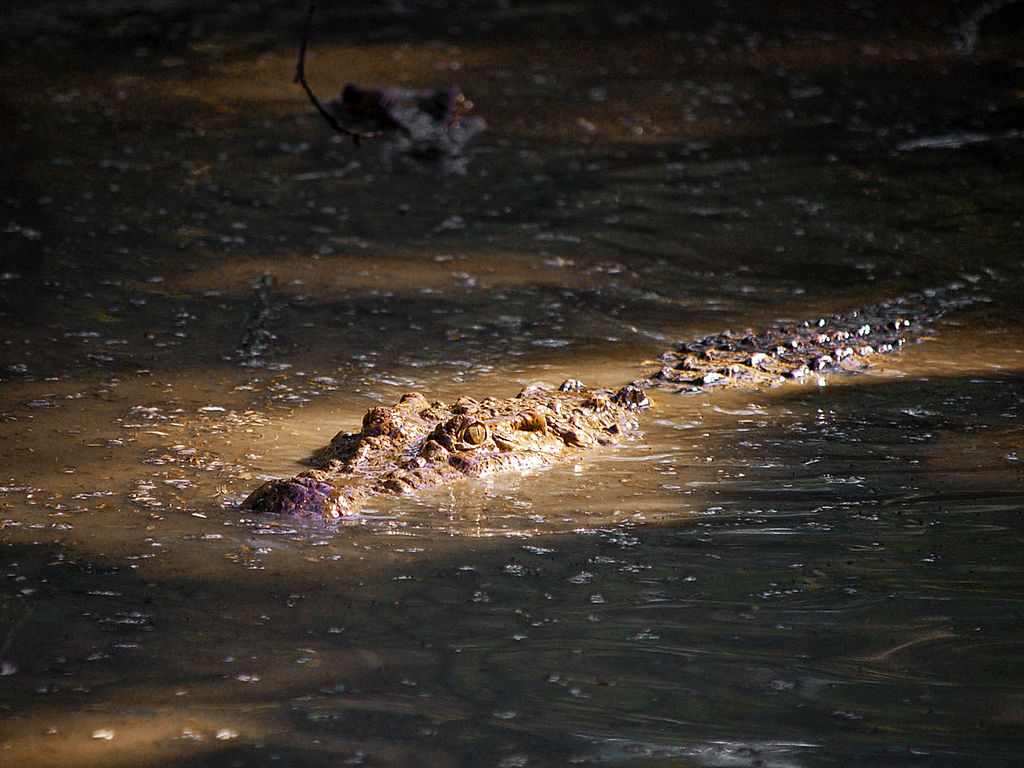
Tamaraw
Tamaraw or also known as Mindoro dwarf buffalo belongs to the family Bovidae with the antelopes and the bisons. They are small, stocky and grayish-black in color.
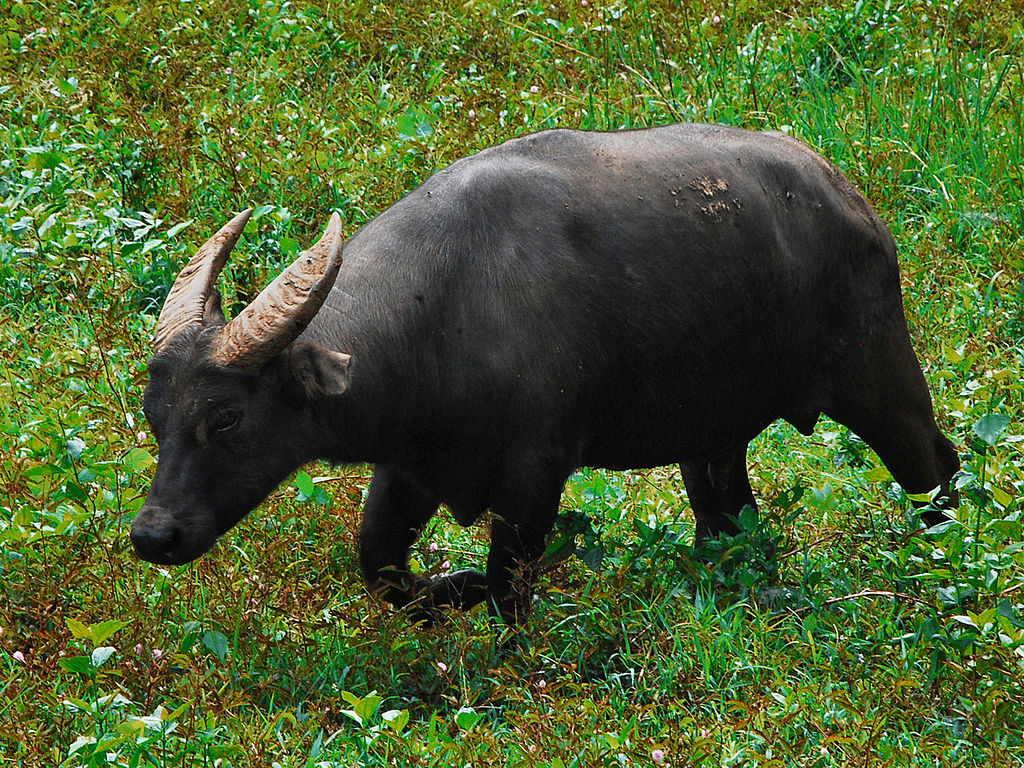
They thrive in the mountains and grasslands of Mindoro and is known to live for about 20-25 years. One distinct feature is that their horns are straight, backward-pointing, and Y-shaped.
They are reclusive and shy away from humans which makes the high human population growth a threat to their habitat.
Diet: They eat grass and bamboo shoots.
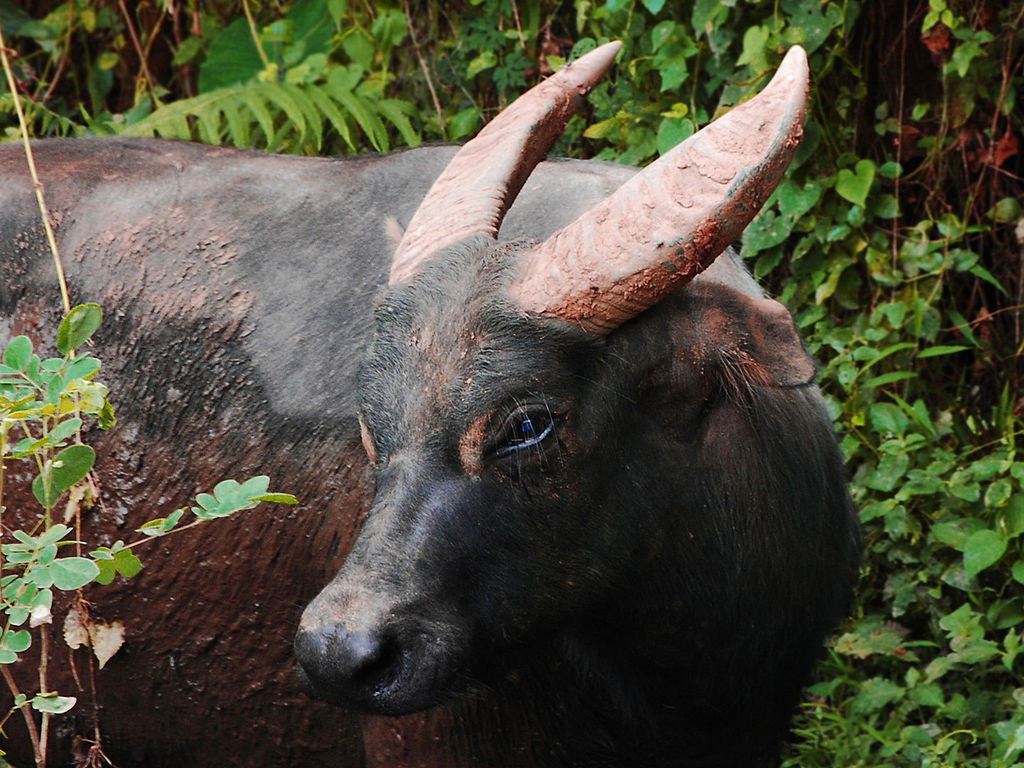
Philippine Flying Lemur
The Philippine Flying Lemur or Philippine Colugo has a more popular name spoken by a true local which is “kagwang”.
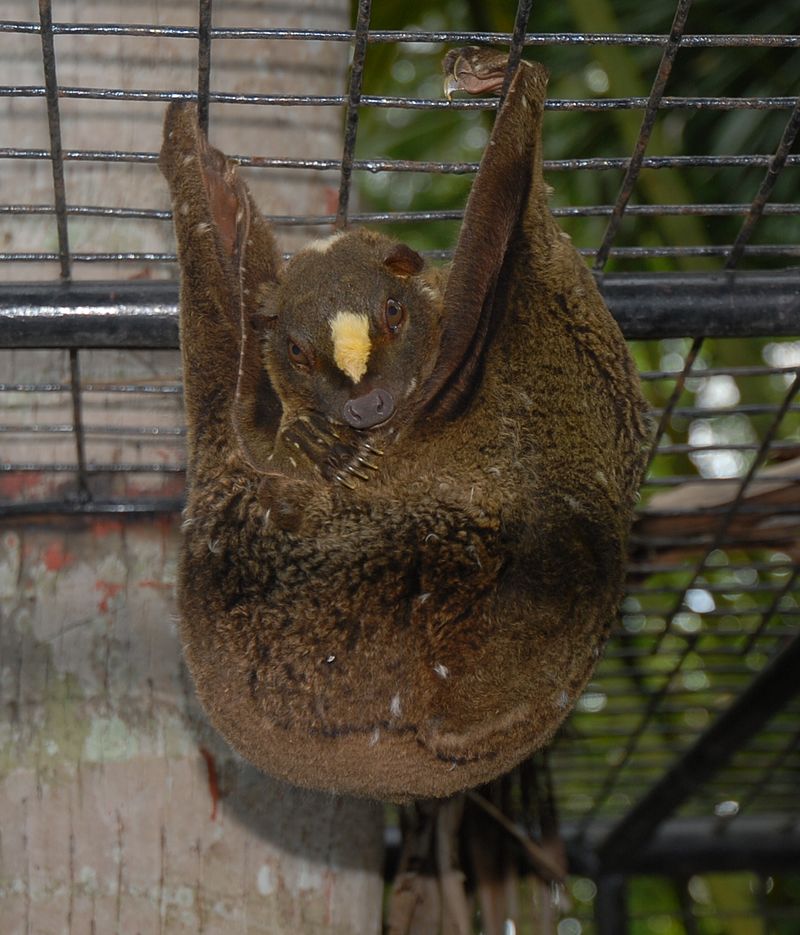
It is found in Basilan, Leyte, Samar, Bohol, and Mindanao. And don’t be fooled by its name because there are two lies in it, first these flying lemurs cannot fly and second it is not technically a lemur.
They don’t fly and only glides as it leaps among trees at distance of over 100 meters. Using their patagium, the weblike membrane that connects its limbs,and clawed feet for easy gliding and fast climbing. They usually stays up in the trees, hardly touching the ground.
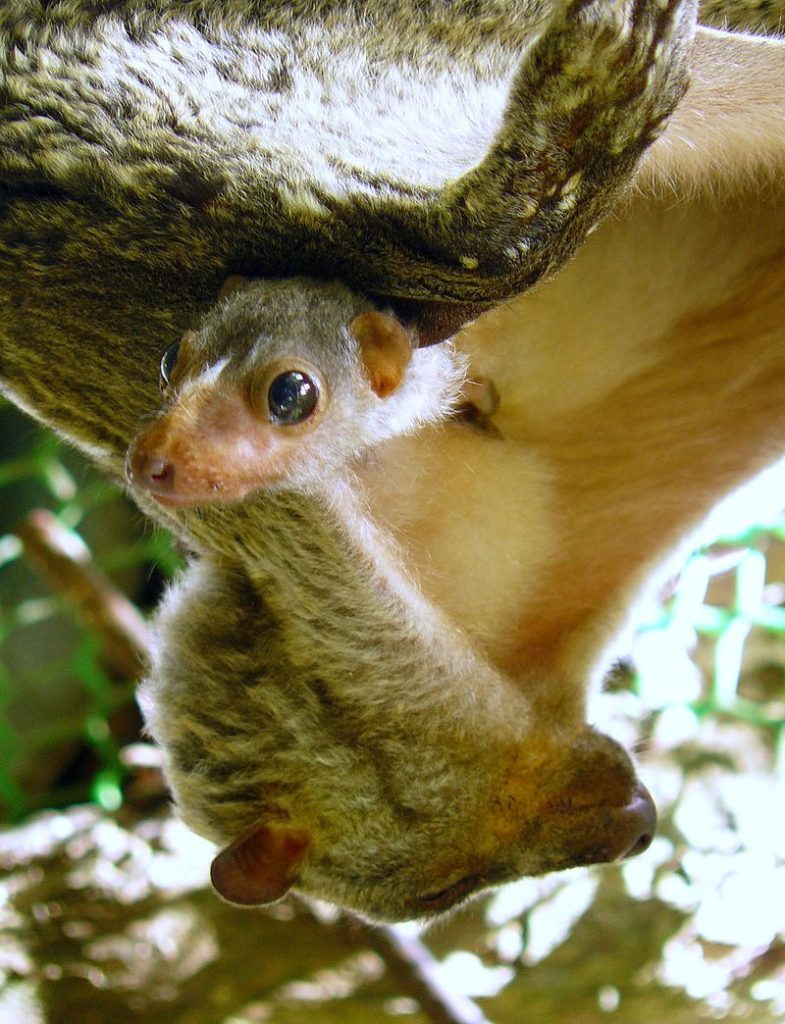
They are not lemurs as they belong to the order Dermoptera and actual lemurs are from the superfamily Lemuroidea.
They weigh about 1 to 1.7 kg and is 33 to 38 cm in length. With their big head, broad eyes, and small ears, you’d be surprised to know that it has 34 teeth which is used to increase their bite strength.
Diet: They eat fruits, insects, young leaves, plant shoots, and flowers.
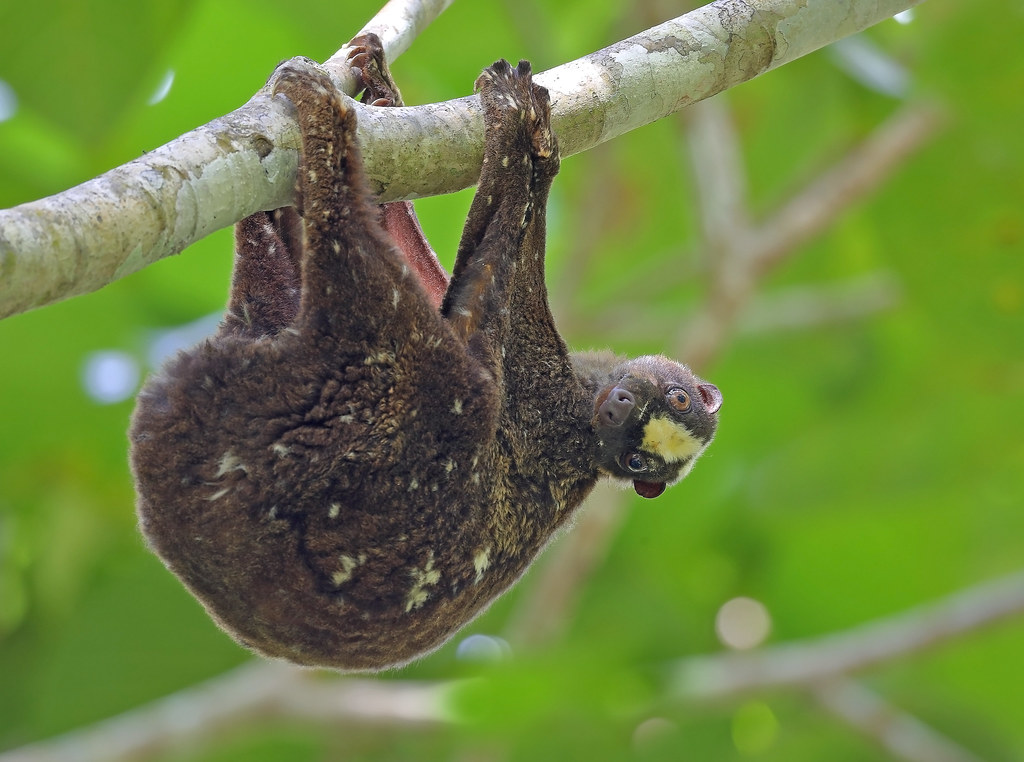
Philippine Mouse-Deer
A small nocturnal animal locally known as “pilandok” found in the island of Palawan. It is a shy and tiptoes away when watched.
One of its distinct feature is the horizontal pupils of its eyes that allows it an increase in peripheral depth perception along with its striking markings of three narrow white stripes beginning from a white patch under the chin and extending down towards the chest.Over all, it has a black and brown coat with its head generally darker than the rest of the body.
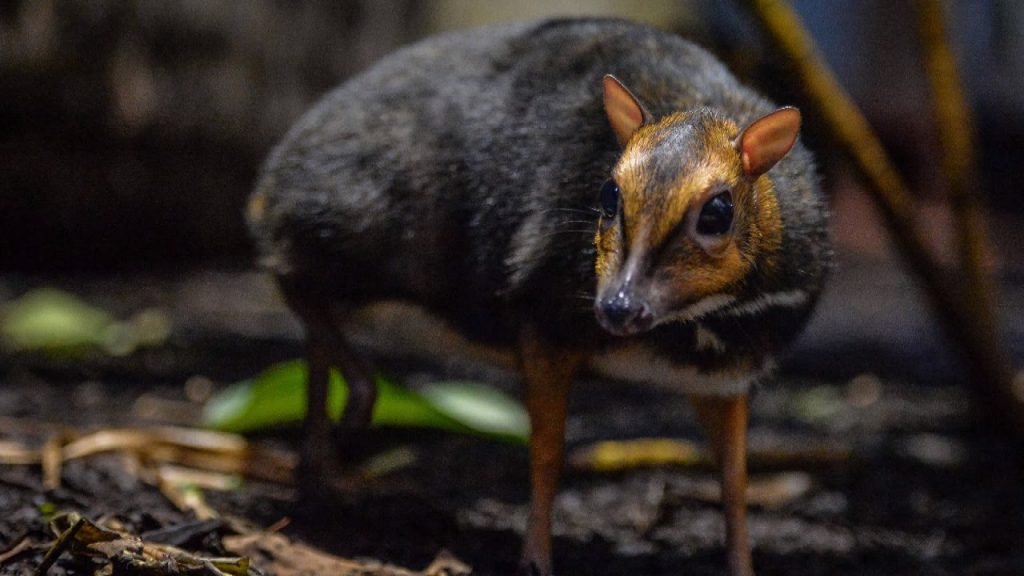
And though it’s called a mouse-deer, it has a different family from a deer which is Cervidae. It belongs to the Chevrotain family
It prefers to be alone, shy types and are nocturnal so you will have a hard time seeing them around. They are also small in size which is good for hiding with an average length of 40 to 50cm and a height of 18 cm.
Diet: They eats leaves, flowers and other greens
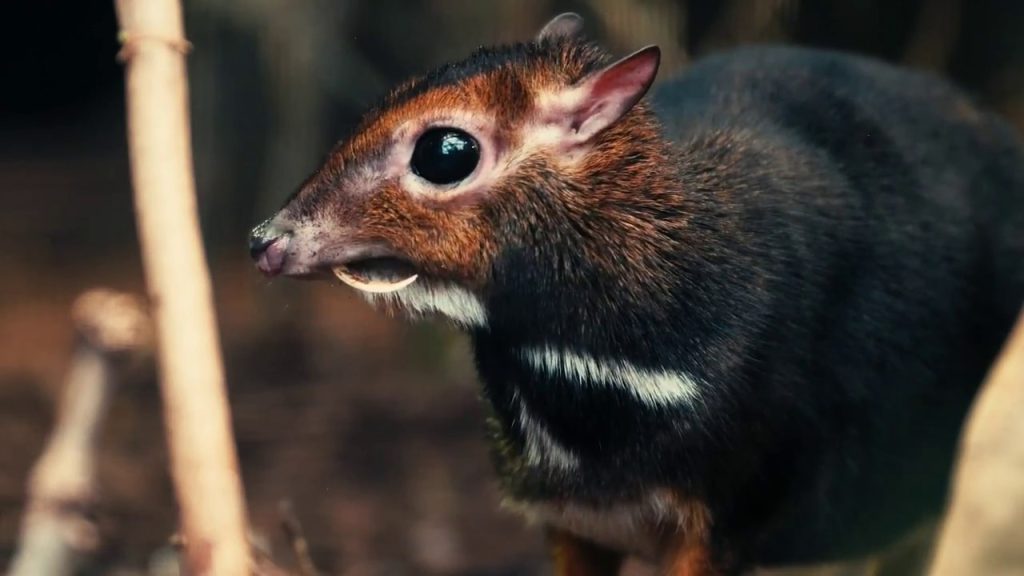
We are blessed with these unique animals and a rich habitat so let us do our part in protecting them.


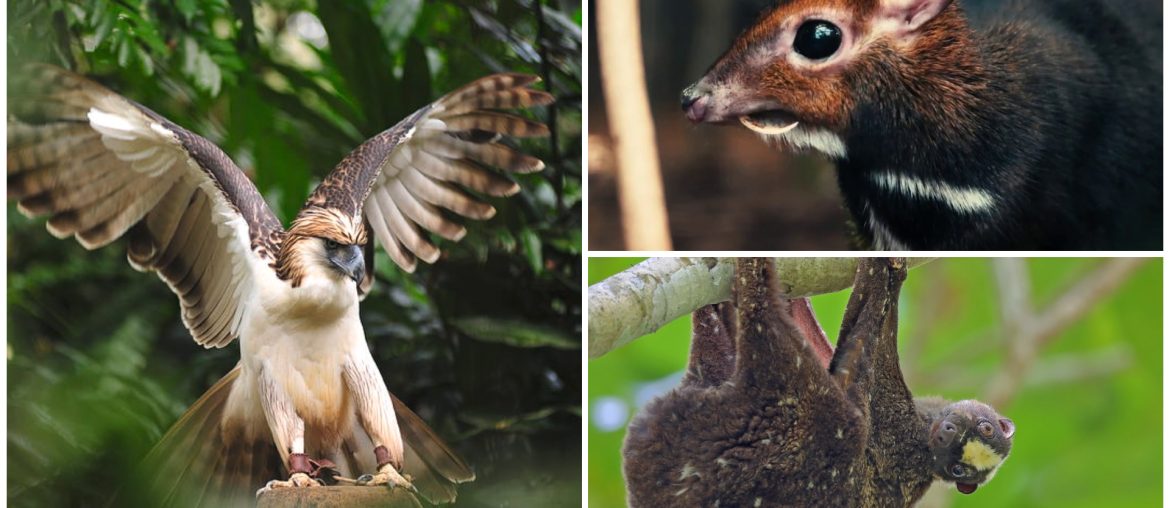
Comments are closed.